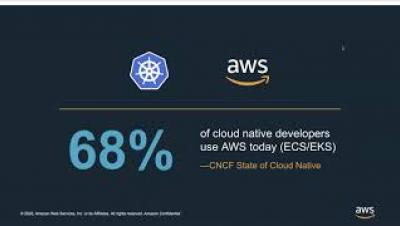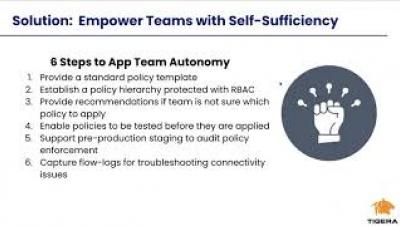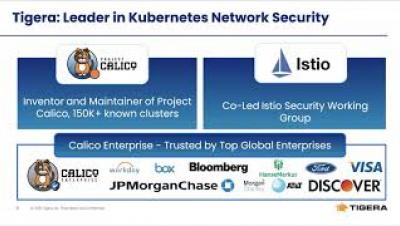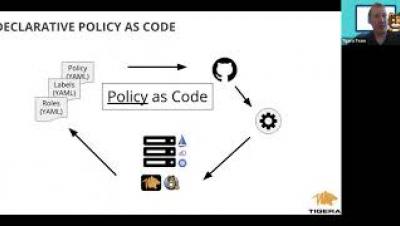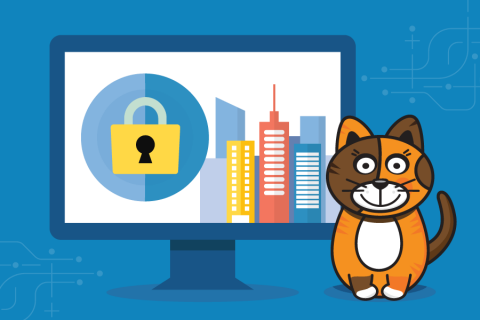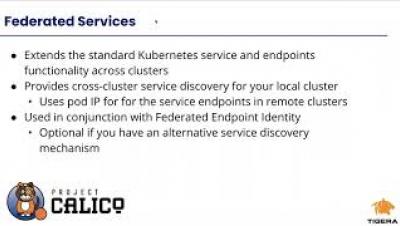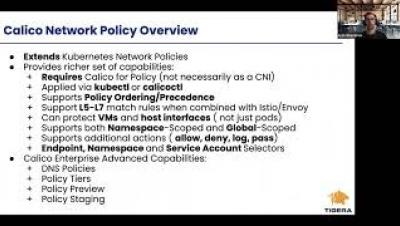Security | Threat Detection | Cyberattacks | DevSecOps | Compliance
August 2020
Security Policy Self-Service for Developers and DevOps Teams
In today’s economy, digital assets (applications, data, and processes) determine business success. Cloud-native applications are designed to iterate rapidly, creating rapid time-to-value for businesses. Organizations that are able to rapidly build and deploy their applications have significant competitive advantage.
Self-Service Network Security for Kubernetes
How to Secure the network of your GKE Cluster
How to Secure the network of your GKE Cluster
How to Implement Network Policy in Amazon EKS to Secure Your Cluster
Enforcing Enterprise Security Controls in Kubernetes using Calico Enterprise
Hybrid cloud infrastructures run critical business resources and are subject to some of the strictest network security controls. Irrespective of the industry and resource types, these controls broadly fall into three categories. Workloads (pods) running on Kubernetes are ephemeral in nature, and IP-based controls are no longer effective. The challenge is to enforce the organizational security controls on the workloads and Kubernetes nodes themselves.


